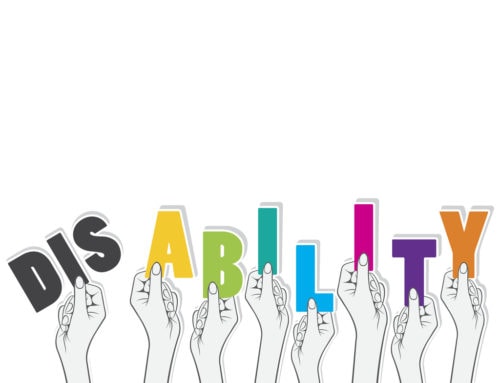Layering It On
“. . . 3-D printers are the best thing to come out of the labs in a long time because they allow for the manipulation of reality instead of virtual space. And although they sound downright magical, they work just as it seems they might.
Someone designs an object — a cookie cutter, cup or canister — on a computer and then sends that design to a 3-D printer. The printer does not draw a picture of the item on a piece of paper, as an ordinary printer would do. Instead, it physically builds the object, by squirting melted plastic out of nozzles. The plastic follows the computer design, and layer by layer, the printer constructs the object.
For years, large manufacturers have relied on hulking, expensive 3-D printers to make prototype parts for airplanes, cars and machinery. Recently, though, a new crop of 3-D printers and services has arrived to make this type of technology affordable for consumers. And so a true 3-D printer craze has started to take hold of the techno-hobbyist clan.
People are assembling 3-D printers from kits and then making toys, exotic ornaments, chess sets and toothpaste tube squeezers.”
See article at: NYT 13Jan11: “The Wow Factor of 3-D Printing”
***************************************************************
“A 3-D printer, which has nothing to do with paper printers, creates an object by stacking one layer of material — typically plastic or metal — on top of another, much the same way a pastry chef makes baklava with sheets of phyllo dough.
The technology has been radically transformed from its origins as a tool used by manufacturers and designers to build prototypes.
These days it is giving rise to a string of never-before-possible businesses that are selling iPhone cases, lamps, doorknobs, jewelry, handbags, perfume bottles, clothing and architectural models. And while some wonder how successfully the technology will make the transition from manufacturing applications to producing consumer goods, its use is exploding.
…
It is manufacturing with a mouse click instead of hammers, nails and, well, workers. Advocates of the technology say that by doing away with manual labor, 3-D printing could revamp the economics of manufacturing and revive American industry as creativity and ingenuity replace labor costs as the main concern around a variety of goods.”
See article at: NYT 13Sep10: “3-D Printing Spurs a Manufacturing Revolution”





